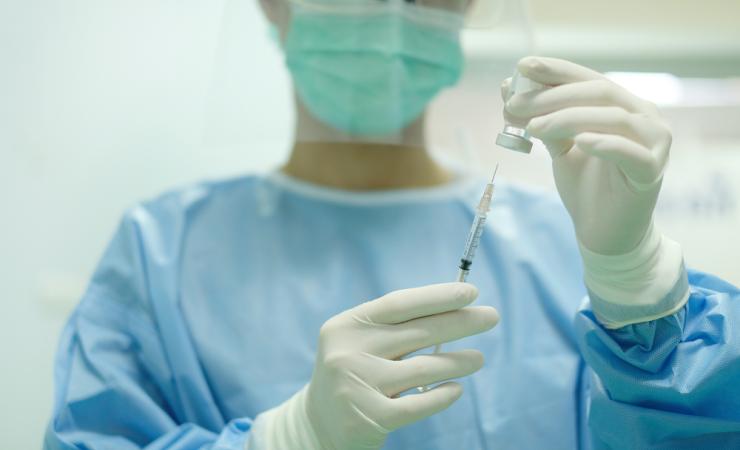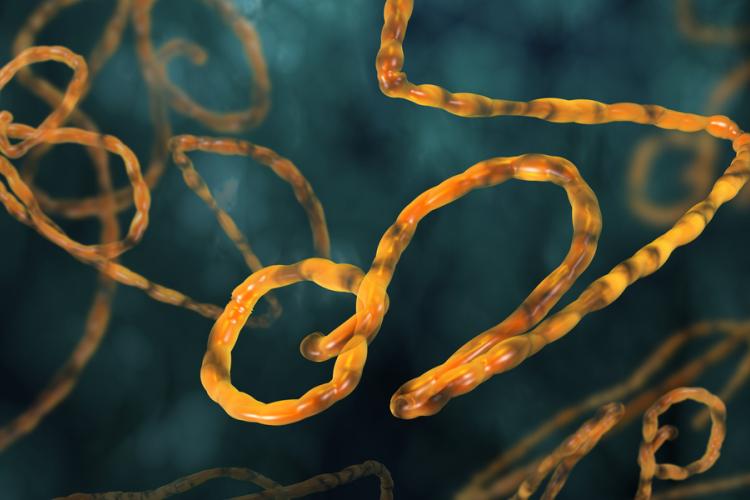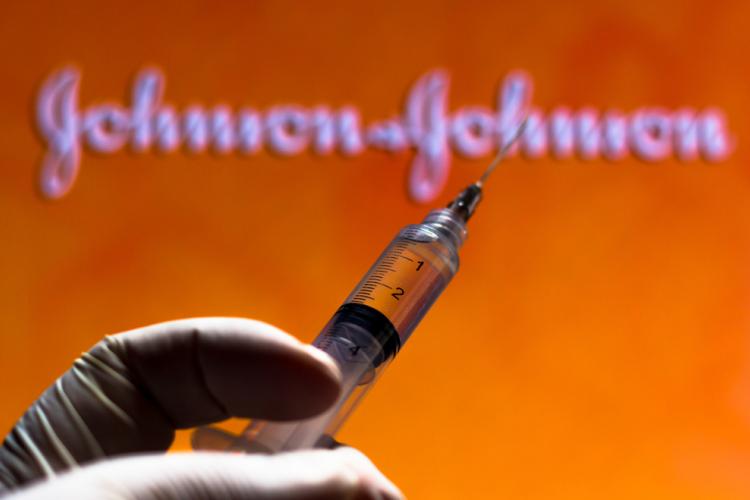What's the problem?
The outbreak of Ebola in West Africa from 2014-2016 was the largest in history, infecting 28 600 people and killing 11 325. Symptoms include fever, aches and pains, weakness and fatigue which then progress to diarrhea, vomiting and in some cases haemorrhaging. Ultimately, it often leads to death – it is fatal in between 25-90% of cases. The disease spreads through contact with bodily fluids, such as urine, saliva, sweat, feces, vomit, breast milk, amniotic fluid and semen. It can be transmitted via contaminated objects such as clothes, bedding and medical equipment. It’s believed that the 2014-2016 outbreak started when the virus jumped from bats to people, first infecting an 18-month-old toddler. Outbreaks of ebolaviruses are expected to become more frequent in the future due to climate and environmental changes.
What are we doing about it?
In response to the deadly Ebola outbreak in 2014, the Innovative Medicines Initiative launched a multi-project Ebola+ programme with a total budget of over €300 million. Its goal was to tackle a wide range of challenges in addressing the Ebola outbreak, including vaccine development, clinical trials, storage and transport, diagnostics and treatments. A fast-track approach was taken, meaning that the first eight projects were already underway by early 2015. The programme focused not only on Ebola but also related diseases, like Marburg haemorrhagic fever, and developed strategies which will prevent the devastation caused by the 2014-2016 outbreak from happening again.
IHI / IMI research...
|
... developed a successful vaccine regime to target Ebola |
As a direct result of the EBOVAC 1, EBOVAC 2,EBOVAC 3, EBOMAN and EBODAC projects, a “prime-boost” vaccine regimen was developed where two different vaccines – one vaccine and a different booster – are given. The vaccine regimen was used extensively during the 2019 outbreak of Ebola in the Democratic Republic of Congo and in Rwanda – more than 200 000 people were immunised. The vaccine received the European Commission’s authorisation in 2020. In 2021, the Strategic Advisory Group of Experts on Immunization for the World Health Organization recommended that the vaccine be used not only in times of outbreaks for at-risk individuals but also for first responders in countries where the virus might spread. The AdVac® vaccine technology platform was used by Johnson & Johnson in the development and manufacture of the Ebola vaccine, and this same technology was later used to develop a COVID-19 vaccine. | ||
| … investigated various vaccine candidates that could protect against Ebola and related viruses in the future |
|
||
| ... improved manufacturing capabilities for Ebola vaccines which were also used to develop COVID-19 vaccines |
|
||
| … promoted uptake of vaccines in local communities via communications campaigns |
|
||
| … organised capacity-building activities to ensure that the necessary research and community engagement skills were available on the ground | It’s difficult to run an effective clinical trial for a vaccine if you don’t have properly-trained staff on the ground. In 2019 alone, the EBOVAC 1, 2 and 3 projects ran over 130 training courses in the Democratic Republic of Congo, Guinea, Liberia, Mali and Sierra Leone covering a wide range of topics relating to conducting clinical trials, including protocol amendments, data protection, serious adverse event reporting, sample transport, quality control, safety and informed consent. The EBODAC project also trained almost 10 000 people in the Democratic Republic of Congo, Rwanda, Sierra Leone and Uganda in community engagement tools and techniques, including the use of biometric tools and rumour management. | ||
| … is developing fast and accurate diagnostic tests |
MOFINA developed a new, portable diagnostic finger-prick test that delivers results in under 75 minutes on whether a patient has Ebola or a related disease such as the Marburg virus. EbolaMoDRAD developed an ultra-mobile lateral flow assay diagnostic test, which looks like a home COVID test (though using blood as opposed to nasal samples). FILODIAG’s detection device is a PCR test that delivers results in just 30 minutes and can detect even low levels of the virus. VHFMoDRAD aims to develop rapid point-of-care diagnostic tools to ensure better and faster diagnosis of viral haemorrhagic fevers such as Marburg as well as dengue and yellow fever. |


